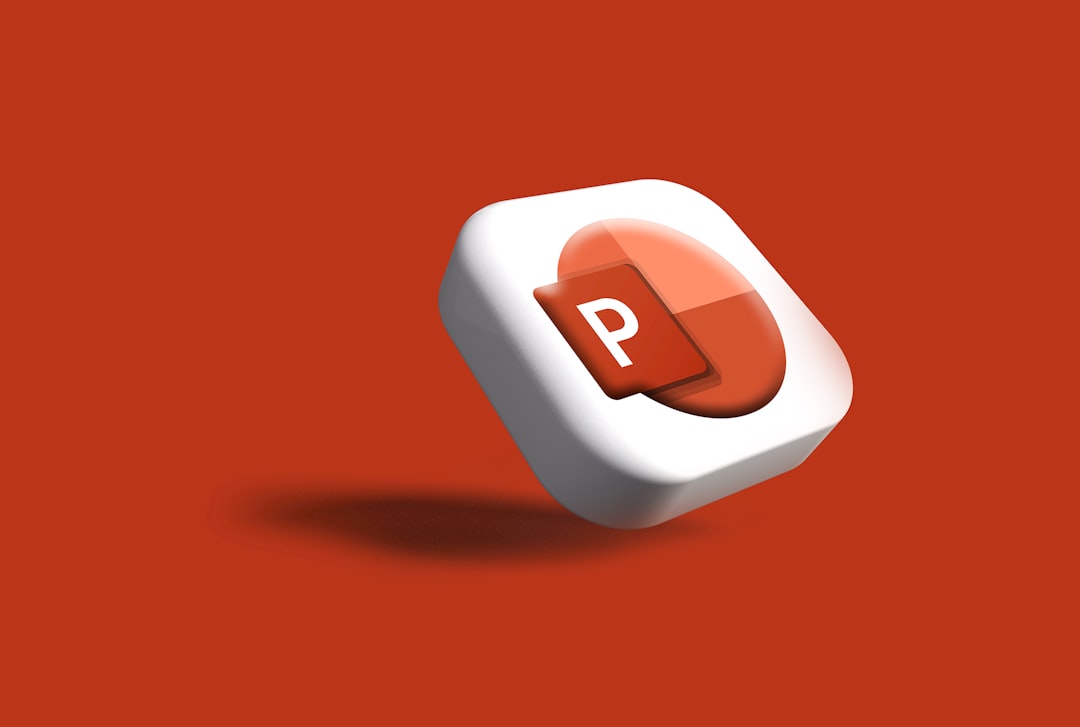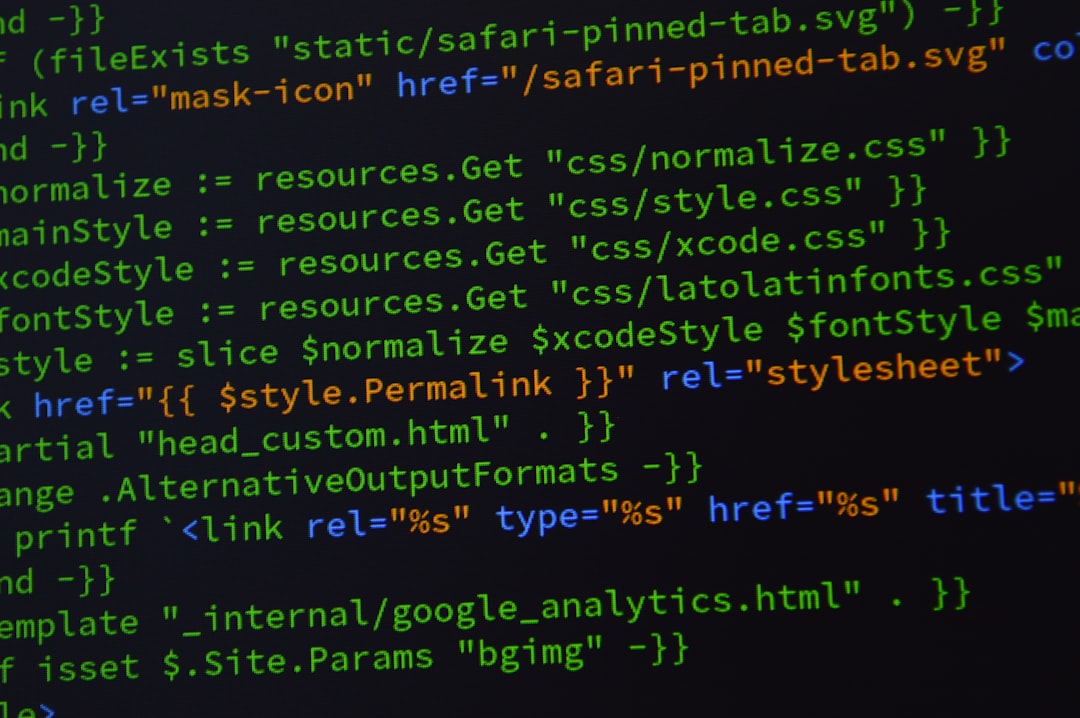

Engage prospects with a scan and streamline customer engagement with FREE QR code marketing tools by Sona – no strings attached!
Create a Free QR CodeFree consultation

No commitment

Engage prospects with a scan and streamline customer engagement with FREE QR code marketing tools by Sona – no strings attached!
Create a Free QR CodeFree consultation

No commitment
In today’s digitally driven world, QR codes have evolved from a novelty to a strategic powerhouse in bridging offline engagement with online action. For pay-per-click advertising agencies, QR codes represent a frictionless and surprisingly effective way to boost qualified lead generation and accelerate conversion rates without requiring an app download or complex setup. Agencies striving to demonstrate clear ROI often run into challenges tracking which offline touchpoints actually produce high-value leads. Too often, valuable engagement goes unrecorded, leaving opportunity and budget on the table.
Whether you are managing PPC campaigns for diverse industries or specializing in niche verticals, maximizing every touchpoint is more critical than ever. Traditional tracking methods often fail to capture interest from prospects who engage with print or event displays but do not take further action. QR codes unlock new ways to connect print and physical assets with high-performing digital campaigns, granting visibility over previously anonymous traffic and enabling agencies to extend reach, personalize journeys, and track results in real time.
By harnessing QR technology, pay-per-click advertising agencies can seamlessly replace analog workflows like printed brochures and manual inquiry forms with dynamic, trackable interactions that nurture leads, attribute conversions with clarity, and streamline the client acquisition funnel. The result is an ecosystem where missed opportunities are minimized and every physical asset is transformed into a measurable, revenue-driving channel.

Many agencies still rely on manual processes or static print materials that cannot reveal who engaged, when, or why. This leads to missed prospects who might show substantial interest in your services but slip through the cracks because their intent is never tracked. QR codes bridge the gap between physical and digital channels, providing high-value opportunities to capture, track, and convert offline audiences with greater speed and visibility.
The goal is to turn momentary attention into a measurable action. By replacing paper forms, untracked brochures, and URL-only handouts with scannable entry points that route to optimized landing pages and booking flows, you can reduce friction, accelerate follow-up, and capture richer attribution signals. Tools like Sona QR make it straightforward to launch, track, and iterate these experiences without heavy development work.
By modernizing client acquisition with QR-enabled paths and detailed tracking, agencies can create timely, relevant, and measurable interactions. The outcome is faster conversion cycles, higher lead quality, and a deeper understanding of what drives revenue across the offline-to-online journey.

Pay-per-click advertising agencies often experience offline-to-online friction. Prospects engage with printed collateral, business cards, or event signage, yet a seamless digital handoff is missing. The result is a pool of anonymous interest that never translates into attributable pipeline. QR codes solve this gap by enabling instant digital entry points where intent is captured, routed, and measured.
The value extends beyond convenience. When agencies incorporate QR codes into physical assets, they convert passive attention into active interest with a single scan, then map that interaction to CRM records and retargeting audiences. The transition from offline to online becomes efficient and accountable, allowing teams to scale what works and retire what does not. For deeper tactics, see Sona’s retargeting playbook.
From lanyards to billboards, QR codes allow every offline channel to become a measurable lead source. That clarity closes attribution gaps, strengthens sales follow-up, and speeds client acquisition in a way that traditional materials cannot match.
Agencies do not just need more leads; they need the right leads with clear intent signals. Choosing the appropriate QR code format for each scenario helps ensure the people scanning are potential decision-makers and that their actions are captured in a way that supports downstream sales.
Dynamic QR codes are particularly valuable because they enable content updates after distribution and support rich analytics. For agencies that test offers and iterate creative quickly, dynamic codes protect against wasted print spend and make it easier to optimize.
With Sona QR, you can create and manage any of these formats in a centralized dashboard, then update destinations on the fly as campaigns evolve.

To capture hidden demand, deploy QR codes where your agency has the most physical exposure. Many high-intent interactions take place outside of digital channels, yet without a scannable bridge, those moments do not feed your pipeline or analytics. Strategically placing QR codes in high-traffic and high-intent environments turns casual interest into measurable action.
Think about the places where your brand meets prospects in person: events, direct mail, client pitch packets, and even office signage. Each of these touchpoints can host a QR code with a specific purpose such as booking audits, accessing proof, or requesting pricing. Over time, scan data will reveal which placements drive the highest quality leads, informing both creative and budget decisions.
By aligning QR placement with your growth plan, you can turn each physical impression into a data-backed signal that informs targeting and accelerates conversion.

When data collection from offline touchpoints is missing or delayed, high-intent leads can be lost. QR codes bring immediacy and accountability to moments that matter, reducing the chance that competitors will engage first. They also standardize how prospects enter your funnel, which simplifies routing and measurement across teams.
Below are three high-impact use cases that align with typical PPC agency workflows and buyer journeys. Each is designed to shorten the path to value while delivering measurable outcomes you can report to clients and stakeholders.
These use cases ensure every piece of physical collateral becomes a conversion tool with clear tracking, helping your team prioritize follow-up and refine messaging across the funnel.
Each scan is a datapoint that reveals intent, context, and progress in the buyer journey. By deploying multiple QR codes tailored to different stages and environments, you can segment audiences in real time and fuel more accurate retargeting across paid and owned channels.
This segmentation is particularly powerful for PPC agencies because it aligns media investment with audience freshness and fit. Instead of casting a wide net, you can retarget based on behavior and context such as scanned at a trade show, downloaded a case study, or booked an audit. These signals inform creative and bidding strategies across Google Ads, Microsoft Ads, LinkedIn Ads, and Meta. For targeting signals, dig into Sona’s guide to intent data.
By turning scans into structured data, you improve audience quality, reduce wasted spend, and move prospects through the funnel with targeted messaging that reflects their true intent.
QR codes serve as connectors across offline and digital campaigns. They allow you to collect real-time engagement signals and route people directly into the right experience. When you centralize QR management and measurement, your channel mix works together instead of in silos, delivering a clearer picture of how prospects progress from first touch to closed revenue.
For PPC agencies, this connected approach enhances both lead capture and attribution across the channels you already use. It also makes your reports more compelling, since you can present a precise story of how physical assets contribute to pipeline growth and client outcomes.
Centralizing QR management through platforms like Sona QR simplifies deployment and data collection. You can monitor performance across all placements, sync scan activity with your CRM, and optimize campaigns while they run.
Executing a QR campaign does not need to be complicated. By following a structured process, you can align use cases to business outcomes, ensure scannability, and capture the data necessary to attribute revenue. This checklist outlines the essentials from planning to optimization.
Before you begin, define the business case and success metrics. For PPC agencies, strong examples include accelerating audit bookings at conferences, increasing case study downloads from proposal packets, or measuring engagement from direct mail. With a clear objective, each subsequent decision becomes easier.
Start creating QR codes for free.

Attribution challenges often frustrate agency leaders. Without a clear view of which assets produce revenue, budget is misallocated and results are underreported. Robust QR tracking connects offline engagement to pipeline and revenue, which strengthens both decision-making and client reporting. Learn how to measure this with Sona’s guide to offline attribution.
The key is to connect scans with downstream behaviors such as form completion, meeting attendance, and deals created. With the right setup, you move beyond vanity metrics and present a full-funnel view from first scan to closed revenue. Sona QR and Sona.com provide this connective tissue, turning real-world engagement into actionable insights.
By treating QR scans as first-class engagement signals, you can confidently link offline efforts to tangible business outcomes and continuously optimize your mix.
QR impact compounds when you standardize how you deploy, measure, and act on scan data. A few best practices will help you scale quickly while protecting performance and data quality.
Start by aligning QR tactics with your buyer journey and most common physical media. For PPC agencies, this often means conference assets, direct mail, proposal packets, and client onboarding kits. Then layer in automation so every scan triggers the next best step without manual effort.
As you build muscle with these practices, you will see higher scan rates, faster conversions, and stronger attribution, all of which contribute to better ROI for your agency and your clients.
Agencies that lean into QR experiences often discover quick wins and compounding benefits. The versatility of QR codes enables creative placements that feel natural in context, which drives both engagement and data capture. See this agency discussion for peer insights.
Use the examples below as inspiration for your campaigns. The common thread is that each code delivers a clear benefit and a fast payoff, while giving the agency the data needed to refine messaging and resource allocation.
These results happen because QR codes make the next step obvious and easy while preserving the context of the interaction. When paired with dynamic destinations and synchronized analytics, they create compounding efficiencies.
QR codes are now foundational for agencies seeking to bridge the gap between offline engagement and digital analytics, an area where many still lose high-value prospects or lack attribution clarity. By integrating QR codes into events, printed materials, and in-person experiences, agencies transform anonymous interest into actionable insights and measurable conversions.
For pay-per-click advertising agencies, the advantage is twofold. You accelerate demand capture in the moments when intent is highest, and you gain a deeper understanding of which physical assets and contexts move the needle. With Sona QR, you can generate, track, and optimize QR experiences in minutes; with Sona.com, you can connect scans to revenue and unify your offline-to-online funnel. Each scan becomes a signal you can act on, turning every surface into a performance channel and every moment of attention into progress toward conversion. Start creating QR codes for free.
QR codes have revolutionized pay-per-click advertising agencies by transforming static ads into dynamic, interactive conversion drivers. They empower agencies to not only attract new clients but also enhance the user journey through seamless, instant engagement—turning clicks into measurable revenue. Imagine having clear visibility into which ads and landing pages generate the highest conversion rates, allowing you to optimize campaigns on the fly for maximum impact.
With Sona QR, you gain the ability to create dynamic, trackable QR codes that update in real time without the need for reprinting, linking every scan directly to your campaign’s performance metrics. This means smarter budget allocation, faster campaign adjustments, and a clearer path from prospect to paying customer. Start for free with Sona QR today and elevate your PPC campaigns by turning every scan into a powerful conversion opportunity.
They create trackable QR code campaigns that connect offline assets to digital landing pages for lead generation, audit bookings, case study downloads, and referral capture to boost qualified leads and conversions.
By using QR codes to capture and track offline engagement in real time, agencies reduce missed opportunities, optimize channel spend based on data, accelerate conversion cycles, and attribute revenue more accurately.
Agencies differ in how they deploy dynamic versus static QR codes, integrate scan data with CRM and ad platforms, customize QR content for buyer journey stages, and optimize campaigns with analytics and automation.
Select an agency that offers centralized QR code management, real-time tracking, integration with your CRM, experience with multi-channel deployment, and proven success in converting offline interactions into measurable leads.
Yes, examples include increasing demo bookings by 34 percent through QR-enabled prospectuses at events, reducing client onboarding time with QR intake forms, and boosting referral submissions by adding QR codes to final reports.
QR codes turn physical materials like brochures, business cards, and event signage into interactive tools that capture prospect intent, provide measurable lead data, and enable immediate digital engagement.
Common formats include dynamic web links to landing pages, vCards for contact sharing, pre-filled SMS or email inquiry templates, app download links, and pre-filled forms tailored to campaign context.
Effective placements include events and conferences, client proposals, direct mail, office signage, swag, and out-of-home advertisements like posters and billboards.
They capture data on scan time, location, device type, and placement, sync this data with CRM systems, apply tags for segmentation, measure conversion metrics, and adjust campaigns based on real-time analytics.
Define the goal and audience, choose static or dynamic QR codes, design and test codes for scannability, deploy across key channels, and continuously track and optimize performance using analytics.
Use Sona QR's trackable codes to improve customer acquisition and engagement today.
Create Your FREE Trackable QR Code in SecondsJoin results-focused teams combining Sona Platform automation with advanced Google Ads strategies to scale lead generation

Connect your existing CRM

Free Account Enrichment

No setup fees
No commitment required

Free consultation

Get a custom Google Ads roadmap for your business






Launch campaigns that generate qualified leads in 30 days or less.
